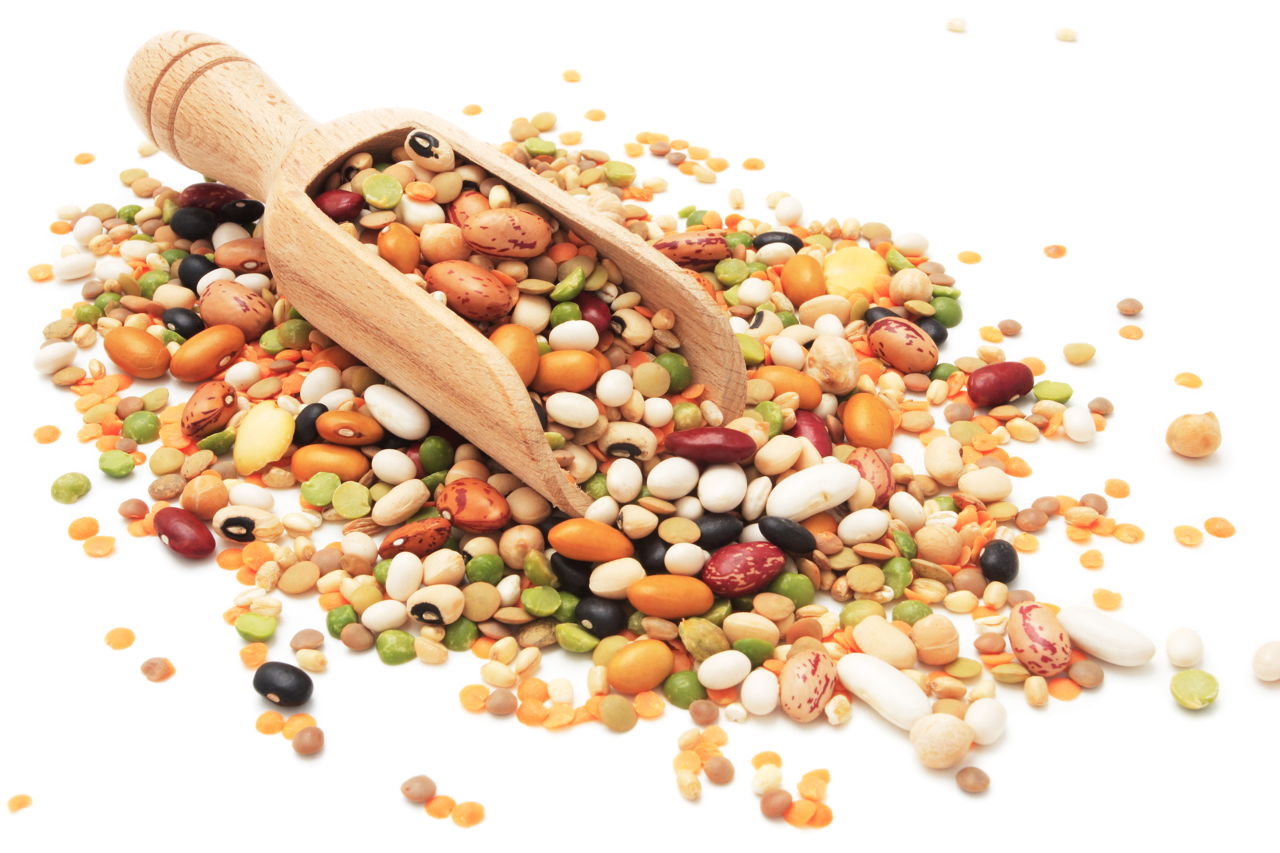
Consumption of plant foods like vegetables, beans, fruits, whole grains, and nuts, helps you keep the digestive system healthy. It also aids in stabilizing the cholesterol and blood sugar levels. The following NutriNeat article provides information about the various dietary sources of fiber and their importance in the diet.
These days we often keep hearing that our diet ‘must’ consist of fiber-rich food. However, rarely do we come across information about its appropriate daily consumption. Therefore, it is commonly seen that people either consume too much or too little fiber. If its intake is suddenly increased, it can lead to gas, bloating, and cramps. The daily recommended fiber intake for adults is 21 to 38 grams.
According to the Institute of Medicine, one must consume about 14 grams of fiber, for every 1000 calories consumed. This necessary quantity of roughage prevents health problems such as constipation, colon cancer, etc. Some studies also show that, consuming sufficient quantity of roughage everyday protects a person from problems such as diabetes, heart diseases, high blood pressure, high cholesterol, etc.
What is Fiber?
Fiber, which is also known as roughage, includes the parts of the plant, that is not digested by the body. Its function in the body is the same as that of a broom in our house. In other words, it cleans the waste and leftovers in the digestive tract. It stimulates wavelike contractions in the intestine, which causes the food in the intestine to move further. There are two different kinds of fiber found, namely soluble and insoluble. Both of these have different functions in the body.
Like the name suggests, the soluble one dissolves in water and traps the carbohydrates moving in the digestive system, due to which absorption of sugar is reduced drastically. This sugar is released slowly into the bloodstream, which helps in curbing appetite. Its other benefit is that, it helps in binding the dietary cholesterol in the digestive tract. Therefore, the level of cholesterol in the body is kept at its minimum level. Insoluble fiber on the other hand, hampers the absorption of dietary fat, which in turn helps in reducing a few calories from your meal. However, both of these help in fighting constipation.
Sources
The daily intake of roughage for women below the age of 50 years is around 25 grams per day, and 21 grams daily for women above the age of 50. The daily intake for men below the age of 50 is 38 grams, whereas the daily intake is 30 grams for men above the age of 50. In case of children, it is best to consult your child’s pediatrician, as he will be in a better position to tell the right quantity. Oatmeal, wheat flakes, beans, fruits, vegetables, flax seeds, lentils, whole grain cereals, nuts, etc., are all rich sources of fiber. Among fruits, apple with its skin, pears, raspberries, guava, and citrus fruits, are also good dietary sources. As far as possible, consume whole fruits, so that you can benefit from the fiber content in the fruits.
It is recommended that the daily intake should be spread out evenly throughout the day, and one mustn’t include all the fiber in one meal alone. It can lead to an imbalance in the body and give rise to health complications. It is best to consult your health care professional to know the exact division of fiber in your meals and also its exact quantity in your diet.
